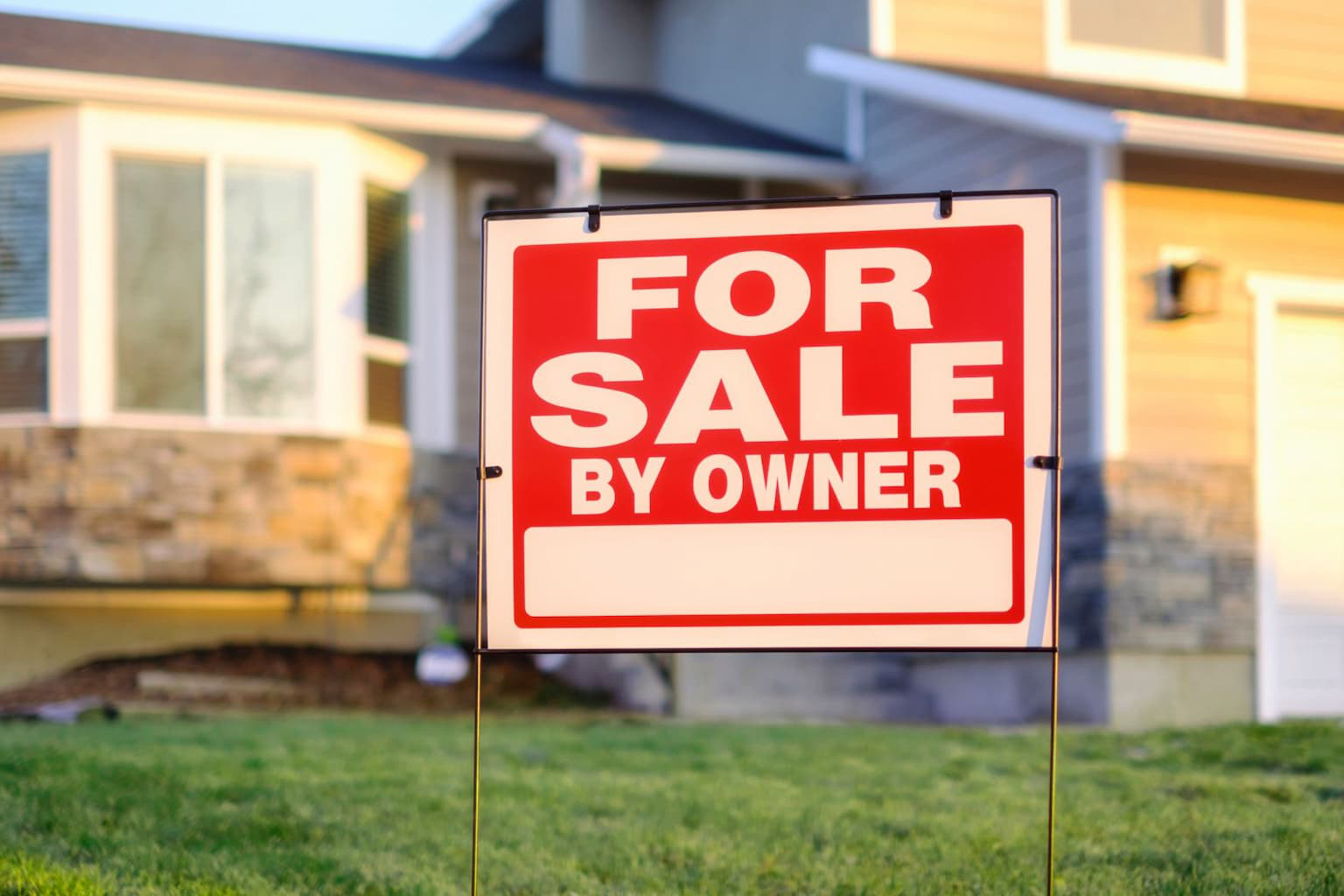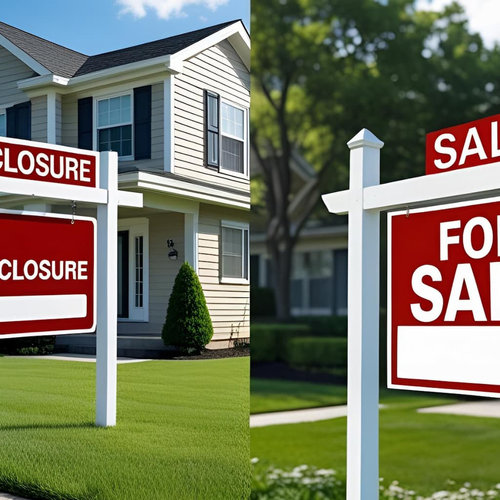How to Successfully Sell Your House Without a Realtor in California
Selling your home as a For Sale By Owner (FSBO) in California can be a smart way to save on commission fees. However, it also presents a unique set of challenges. In this FSBO Guide for California, you'll learn how to handle legal requirements, set the right price, and market your property effectively. Whether you're a first-time FSBO seller or want more control over your sale, this guide offers clear steps to help you succeed, without getting overwhelmed.
Key Takeaways
- Know California’s legal FSBO requirements, like disclosures and title transfer.
- Learn how to price your home competitively using a market analysis.
- Use strong marketing tools like social media and open houses.
- Master FSBO negotiation tactics and understand contingencies.
- Keep communication open during closing to avoid delays or mistakes.
Understanding the FSBO Process in California
Selling your home as an FSBO gives you control over the sale and can help you avoid high agent commissions. However, going solo means handling everything—from pricing and paperwork to staging and showings—on your own.

Benefits of Selling FSBO
- Save up to 6% in commission fees
- Set your terms and price
- Direct communication with buyers
FSBO Challenges to Consider
- Managing marketing and negotiations solo
- Understanding legal documents
- Risk of pricing too high or too low without expert advice
Legal Requirements for FSBO Sellers in California
Navigating the legal side of selling a home is critical. California has strict laws to protect both buyers and sellers.
For a detailed breakdown of the required documents and legal steps, please explore our complete For Sale By Owner California guide.
Key Legal Steps
- Disclosures: You must disclose known problems (e.g., roof leaks, mold, structural damage).
- Title Clearance: Resolve any liens or disputes to ensure a smooth title transfer.
- Local Rules: Check with your city for unique zoning or HOA requirements. A good place to start for legal guidance is the California Department of Real Estate website.
Pricing Your FSBO Home Competitively
Setting the right asking price can significantly impact how quickly your home sells. Use this FSBO Guide for California to conduct a comparative market analysis (CMA).

Pricing Tips
- Compare recent sales in your area
- Consider condition, size, upgrades, and location
- Use online tools or hire an appraiser for accuracy
Factor | Impact on Price |
Location | High |
Home Condition | Medium |
Square Footage | High |
Market Trends | Variable |
Avoid overpricing—it can scare off buyers—or underpricing, which may cost you profit.
Selling in Mill Valley, CA? Visit our We Buy Houses Mill Valley page to learn more about options in your area.
Effective FSBO Marketing Strategies
Even the best-priced home needs good marketing. To reach the right buyers, use a mix of online and offline tools.

Top FSBO Marketing Tactics
- Social Media: Share high-quality photos and short videos of your home. Platforms like Facebook and Instagram are free and effective.
- Open Houses: Clean, stage, and invite the public. Offer refreshments to make it memorable.
- Flyers & Local Ads: Post in coffee shops, gyms, and libraries. Highlight unique features.
Want to understand your timing strategy better? Check out this helpful video on Is It Better to Sell a Property Before or After Death?
Negotiating Offers and Closing the Sale
Getting an offer is just the start. Understanding terms and handling negotiations well is key to a successful FSBO sale.
Understanding Offer Terms
- Contingencies: These are “what-ifs” like home inspections or financing approval.
- Purchase Agreement: Read it carefully—it outlines the sale terms.
- Closing Costs: Know your share so you aren’t caught off guard.
Counteroffer Strategies
- Be ready to respond fast
- Stay firm but flexible on your must-haves
- Highlight upgrades that justify your asking price
Closing Process Checklist
- Review all paperwork
- Confirm buyer financing
- Communicate clearly with the escrow and the buyer
Common FSBO Mistakes to Avoid
Even confident sellers make mistakes. Here's how to sidestep the most common ones.

Mistake #1: Pricing Too High or Too Low
- Get a professional valuation or use trusted online tools
- Revisit your price if you’re not getting offers
Mistake #2: Poor Marketing
- Don’t skip online listings—buyers start there
- Stage your home and use quality photos
- Promote open houses on multiple platforms
Mistake #3: Skipping Legal Steps
- Missing disclosures or paperwork can void the deal
- Get familiar with California FSBO disclosure forms
Must-Read Alert: While you're here, you might want to check out “FSBO Mistakes to Avoid”. It’s gaining serious traction and may answer some unexpected questions.
Conclusion
Selling your home without a realtor is doable with the right tools and knowledge. This FSBO Guide for California walks you through every significant step—from legal rules to pricing and closing. By staying informed, organized, and proactive, you can sell confidently and save thousands. Ready to take control of your home sale? Start planning your FSBO journey today!





